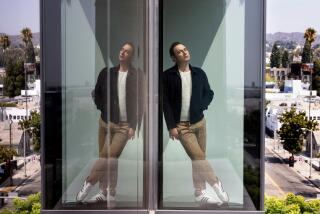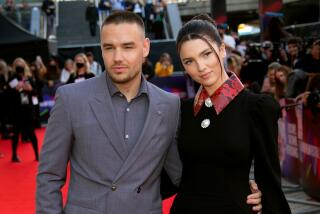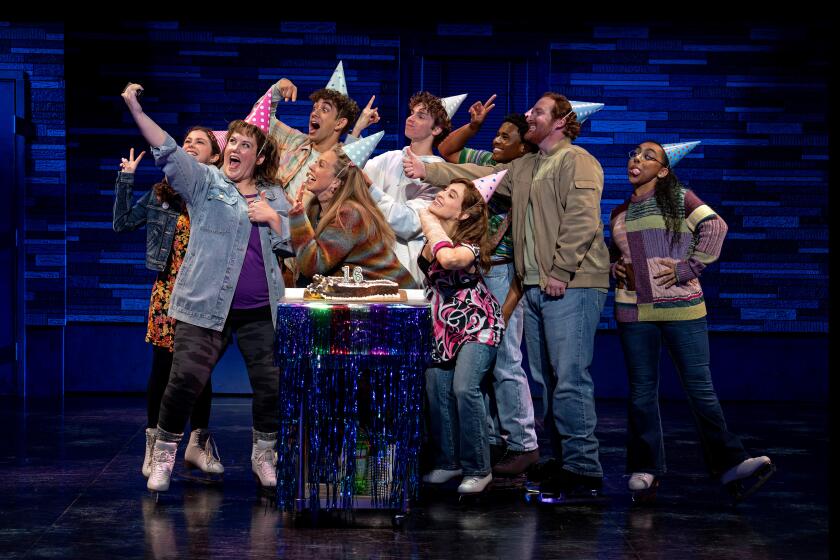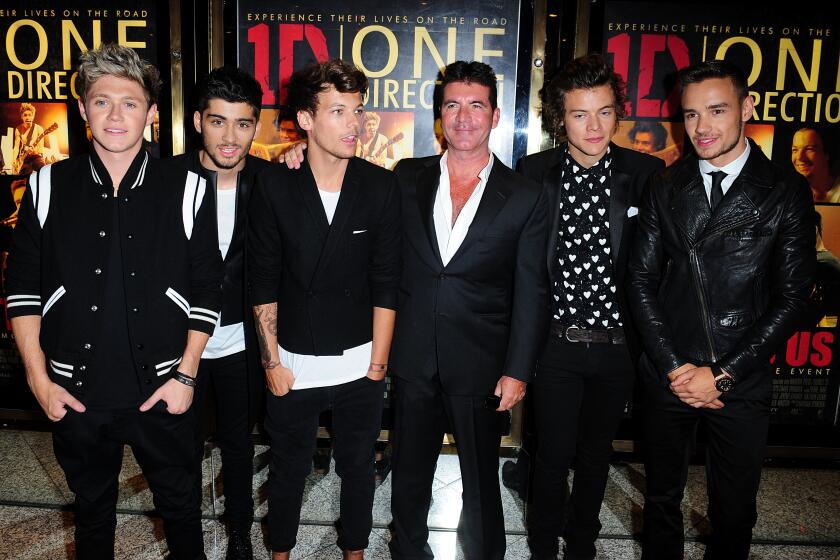ART REVIEW : The Way We Were
On the minus side of the corporate ledger, there are oil spills, tax exemptions and price fixing. On the plus side, there is corporate support for the arts, in-house art collections and worthwhile business-sponsored exhibitions, one of which is “The Human Element: Black and White Photographs From the BankAmerica Corporation Collection” on view through Aug. 6 at Cal State Long Beach’s University Art Museum.
The 53 mostly gelatin-silver prints by 32 noted artists demonstrate corporate collecting at its least slick and most sensitive, treating us to rare little jewels that might have slipped through the cracks of so-called blockbuster photo shows. Major names in photography such as Edward Weston, Imogen Cunningham, Andre Kertesz and Garry Winogrand are included, as are less recognized names who stand strongly on the precision and narrative power of their work.
Photos on view span the 1920s to the present; Californians will particularly appreciate Joel D. Levinson’s wonderfully zany 1970 shots of West Coast flea markets. The images tap technical predispositions from Winogrand’s “snapshot aesthetic,” which made an art of quick and chaotic, wide-angle snaps of everyday life (“Jackie Robinson, at Home in Connecticut”), to Pictorialism, which borrows its soft focus or careful geometric structuring from modernist painting.
But the major emphasis and viewing enjoyment come from the show’s re-creation of the flavor and texture of life during the ‘20s, ‘30s and ‘40s. “The Human Element” charms through an intrinsic appeal of candid period photos whose crisp, innocent scenes of city, country, labor and leisure catapult us back to simpler times.
The late Arthur Rothstein, one of the finest American photographers recording Midwestern towns and plains in the ‘30s, shines in “Dust Storm, Cimarron County, Oklahoma.” An icon of the plight of the farmer to this day, it’s a gritty, touching image of father and sons wading through an arid wind that saps land and spirit. You find the same haunting poetry in Robert Capa’s photos of aged, dignified Irish miners, and in one after another of Marion Post Wolcott’s exquisite photos of American laborers, the best of which freezes a tiny, flaxen-haired coal miner’s daughter straining to carry a can of kerosene almost as big as she is.
The promise and despair of the city that said “give me your tired, your poor” is the wellspring for many of the finest images in the show, such as David Robbins’ “New York City Subway” (1943), and Esther Bubley’s penetrating shots of Greyhound terminals from the ‘40s in which people crowd together but seem very much alone. A sense of alienation infuses Morris Huberland’s photo of two European women huddled before a tenement facade, while the city’s giddier pulse is chronicled in Arthur Leipzig’s images of children’s street games and Rebecca Lepkoff’s high contrast, nocturnal view of a glittering Times Square.
Using dizzying aerial vantage points that were probably revolutionary back then, Berenice Abbott’s 1936 shot of New York’s Greyhound terminal makes pure design of parked buses and Streamline Moderne architecture, while John Gutmann must have hung from the rafters to create his witty 1947 shot of the action on both sides of the tellers’ counter in a bustling bank.
Before industrialization suffered from bad PR, Peter Stackpole managed to turn images of ‘30s workers flexing and bending high atop catwalks into heroic dramas that make the hard hat and torch seem as socially pressing as toxic waste is today.
More to Read
The biggest entertainment stories
Get our big stories about Hollywood, film, television, music, arts, culture and more right in your inbox as soon as they publish.
You may occasionally receive promotional content from the Los Angeles Times.










